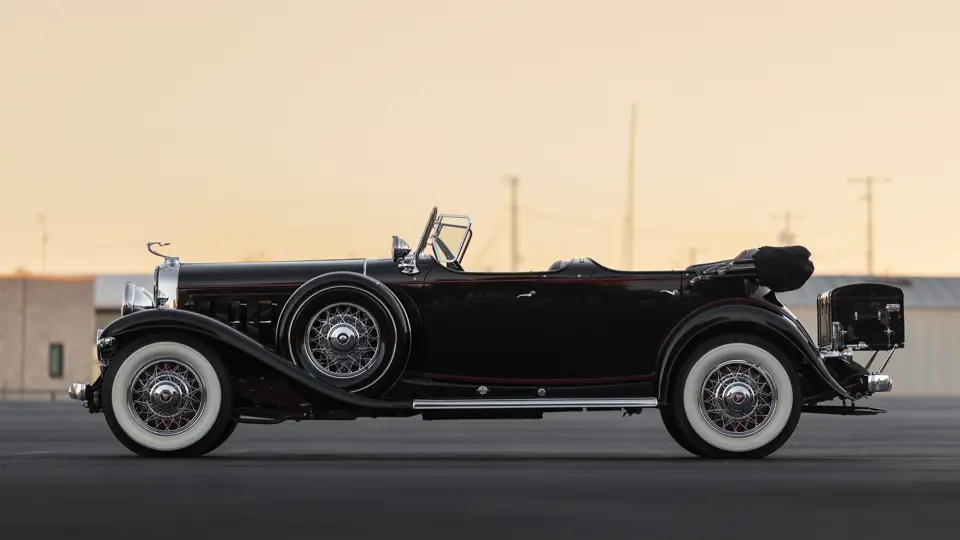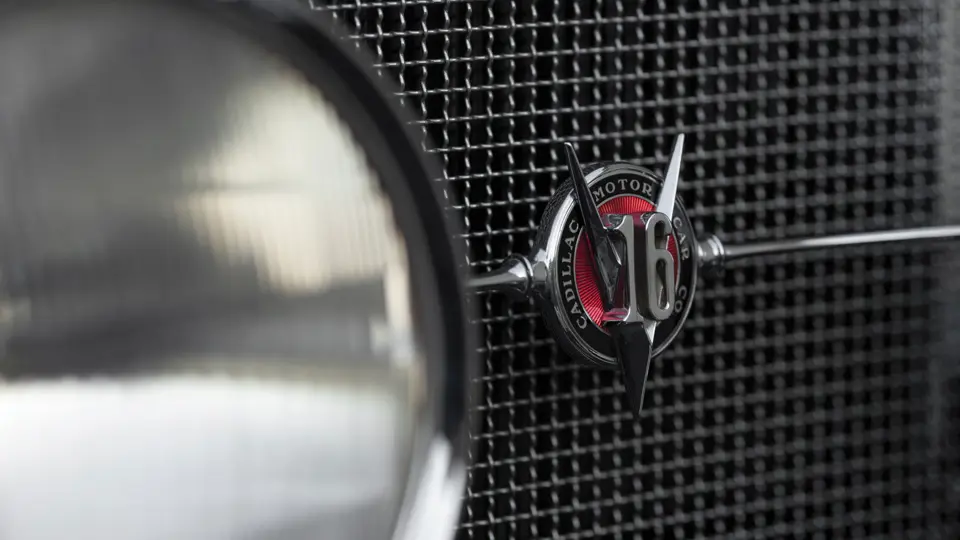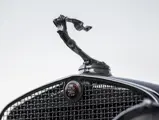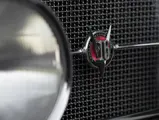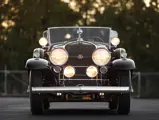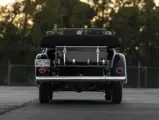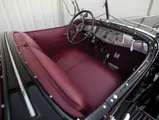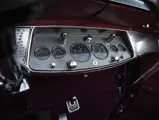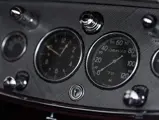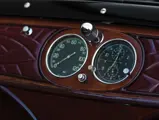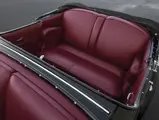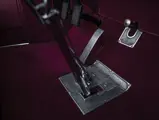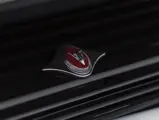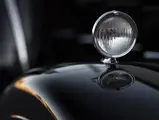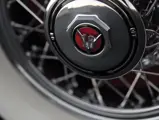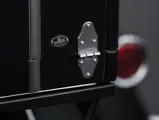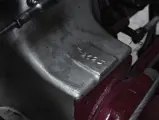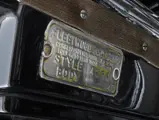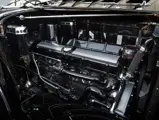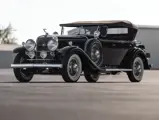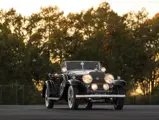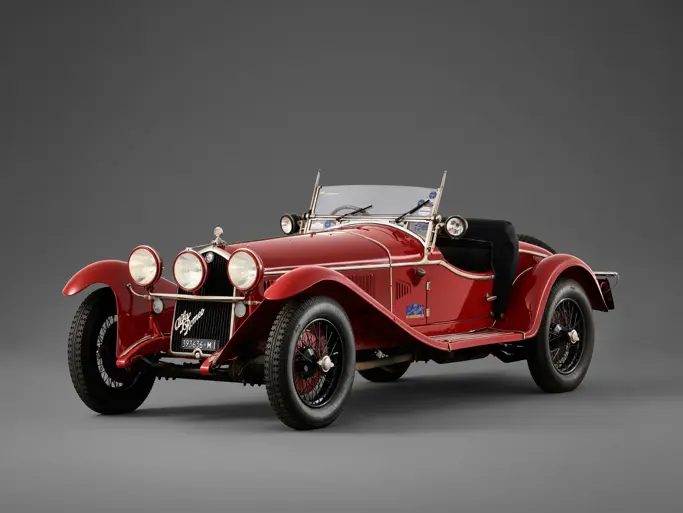
1930 Cadillac V-16 Sport Phaeton by Fleetwood
{{lr.item.text}}
$1,105,000 USD | Sold
The John D. Groendyke Collection
{{bidding.lot.reserveStatusFormatted}}
- Offered from the collection of John D. Groendyke
- A genuine example with original chassis, engine, axles, and coachwork
- Beautifully maintained restoration
- Documented by a copy of its original build sheet
- Classic Car Club of America (CCCA) Full Classic
THE V-16 SPORT PHAETON
Cadillac’s V-16 was the first true 16-cylinder engine to be built from scratch, a project that was led by Owen Nacker under conditions of the utmost secrecy. In order to avoid knowledge of the project leaking from lower-level GM engineering departments and parts suppliers, a well-coordinated disinformation campaign was created, which included cover stories and notes on various blueprints that indicated that the project was actually Cadillac’s contribution to a new GM bus project.
The 45-degree cylinder bank angle and overhead-valve design kept the V-16 narrow, while its external manifolds allowed easy access to the engine compartment. Furthermore, Cadillac’s V-16 was the first automotive engine ever to be “styled,” as all of the wiring was hidden and the engine compartment was dressed up with plenty of gleaming, polished aluminum, porcelain, and a pair of beautiful valve covers with brushed aluminum-ridged surfaces that featured the Cadillac emblem.
One of the most beautiful bodies mounted to the early Cadillac V-16 chassis was the sport phaeton, body style 4260. A modern update of the traditional “dual cowl” phaeton, which provided a second cowl and windshield for the rear-seat passengers, it had a windshield mounted directly in the back of the front seat. This windshield could be raised and lowered in and out of the seat by means of a small hand crank, thus cleaning up the lines of the car by removing the bulky and awkward second cowl. The result was an unusually light and delicate appearance of line, reminiscent of nothing less than a four-passenger roadster. Typical of designs for this chassis, it had excellent proportions thanks to a very long hood and low beltline, and it looked spectacular with the top either up or down.
Only 85 sport phaetons were built for the V-16 chassis in 1930 and 1931 combined. Cadillac historians record the existence of seventeen authentic survivors, which are fiercely prized and count among the centerpieces of significant collections worldwide. The design has only grown in renown and value as the years have passed. It is worth noting that an original sport phaeton represents the V-16 in General Motors’ own corporate Heritage Collection—high praise, indeed, for its remarkable lines.
THE CAR IN THE DAIRYMAN’S LIVING ROOM
The Groendyke Collection’s sport phaeton, engine no. 702455, carries body number 47 and was shipped to the Towell Cadillac Company of Cleveland, Ohio, on 24 July 1930. Towell Cadillac was among the best-known dealers in the country for decades and continues in business today in Akron. Its build sheet notes that the car was specified in all-over black, striped in Mt. Ash Scarlet, with chrome wire wheels and dual side-mounted spares.
Reportedly, the sport phaeton was originally sold to a member of the Kellogg family and was eventually acquired in the early 1960s by dairy operator Walden Schmitz of Hamburg, New York, still with a Kellogg’s initials on the doors. An early enthusiast, Mr. Schmitz restored the car and exhibited it for many years in CCCA competition, eventually earning a Senior 1st Prize in 1972, after which the car was displayed in a special addition to his den at home. He once received a special CCCA honorary award for “Most Cars in the Living Room.”
Following Mr. Schmitz’s passing, the Cadillac was inherited by his daughter, Joan Duggan, who sold it in 1998. Soon thereafter it was acquired by well-known Oklahoma collector Jim Bradley, who undertook a comprehensive fresh restoration in the original color scheme.
Photographic documentation of much of the restoration is included in the file, showing the car’s complete older restored condition as it had been owned by Mr. Schmitz. Most important, these photographs show the original numbers, still visible on mechanical and body components throughout. To this day the sport phaeton proudly retains the original Fleetwood body-number stamping in the sill wood, as well as the original chassis frame and front and rear axles—indicative of how well it has been kept during its life. As part of the Bradley restoration, the car was finished very near its original specification, in all-over black with scarlet striping, though the chassis was finished in scarlet to brighten its appearance. Following completion the car was selectively exhibited by the Bradleys, including at the Oklahoma City Concours d’Elegance in 2005.
The car has been part of the Groendyke Collection alongside many other excellent V-16s for the past several years, and during that time it has received the excellent regular maintenance expended on the collection’s automobiles. It was most recently shown in 2017 at the famed Pebble Beach Concours d’Elegance. Otherwise it has remained largely unseen for some years and is ready for a continued spate of show appearances at which its quality and history will undoubtedly be much admired.
As the Cadillac V-16 only grows in renown over the passing decades, the sport phaeton has come to be regarded as one of the ultimate bodies on this fascinating, powerful chassis. This car, always well kept and with well-known history, is among the finest and most pure to be found.

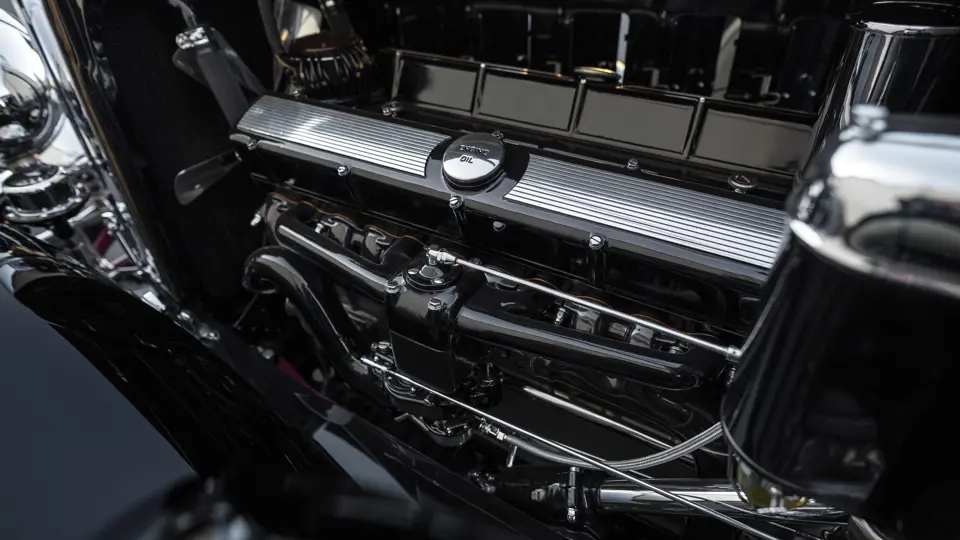



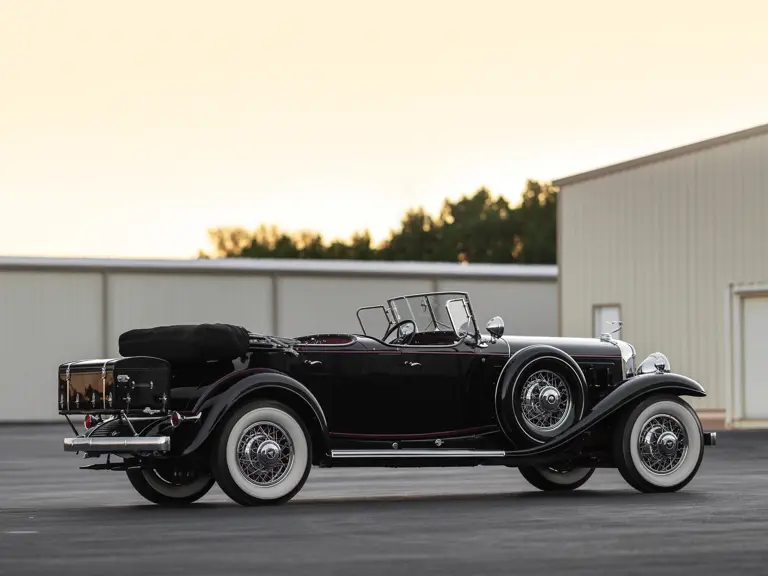
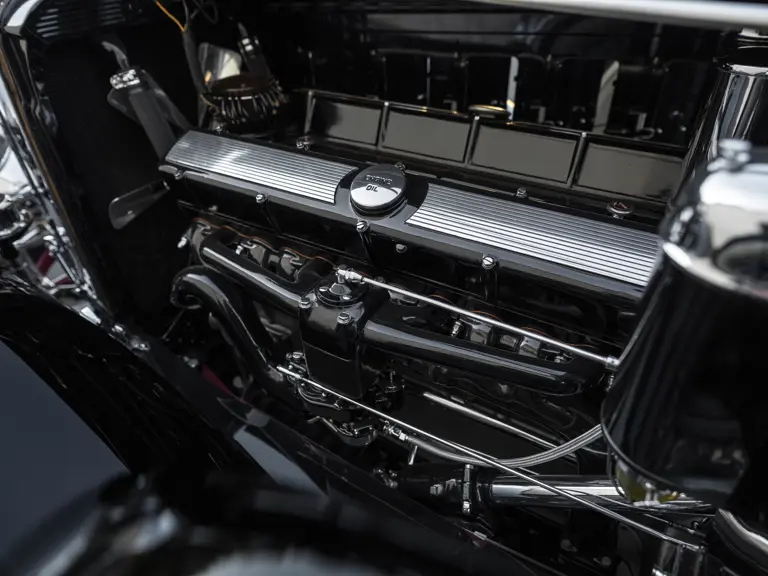

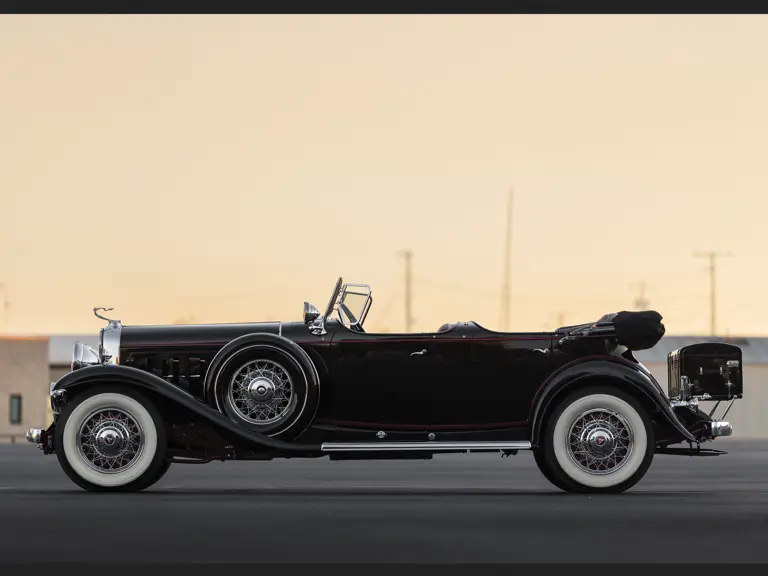


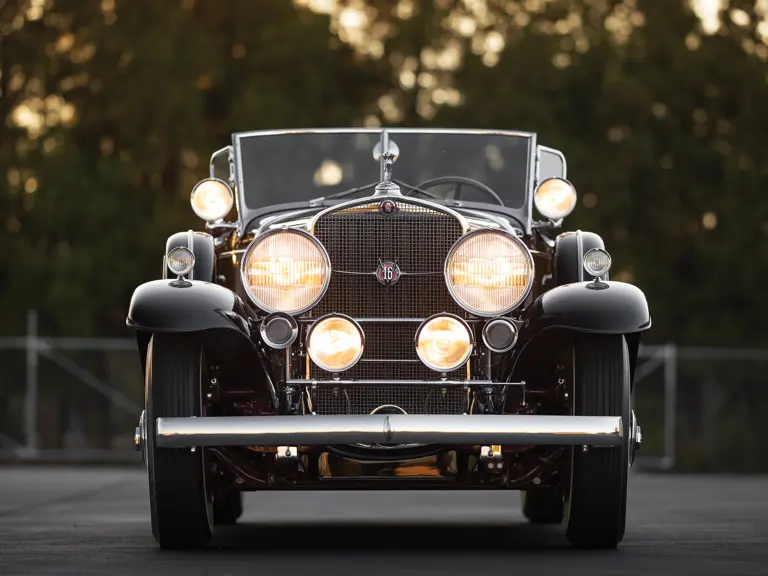



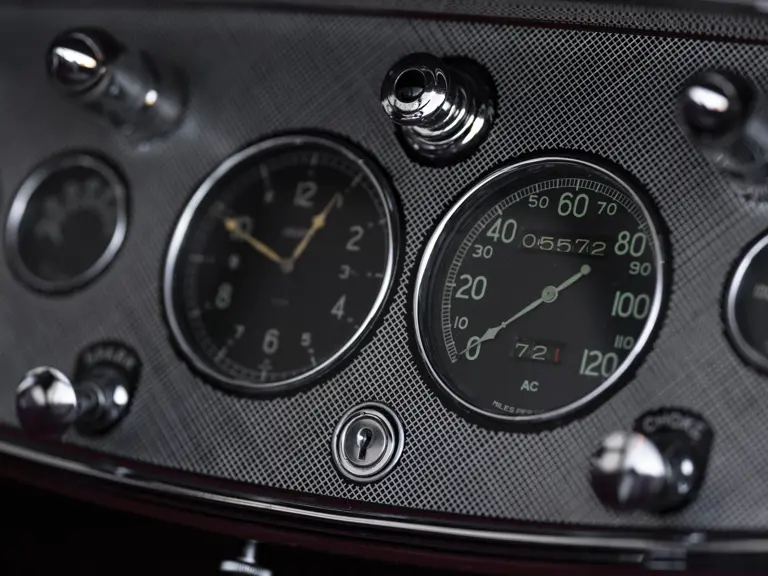
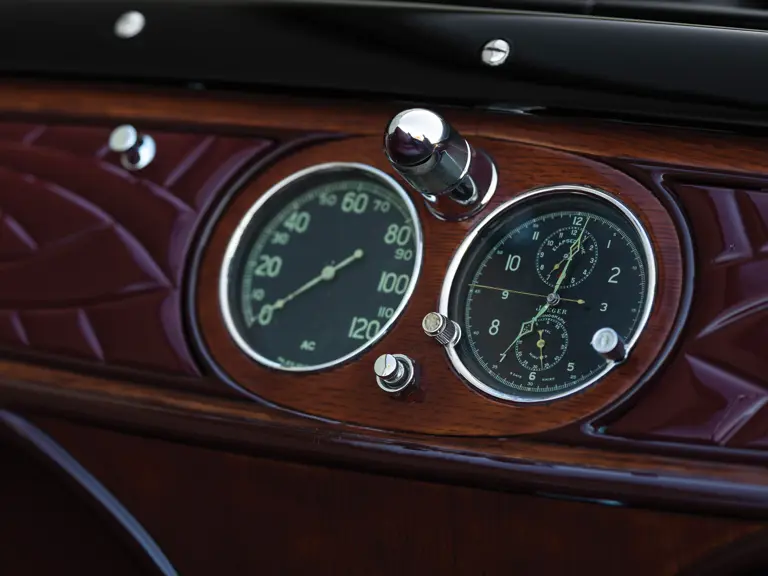

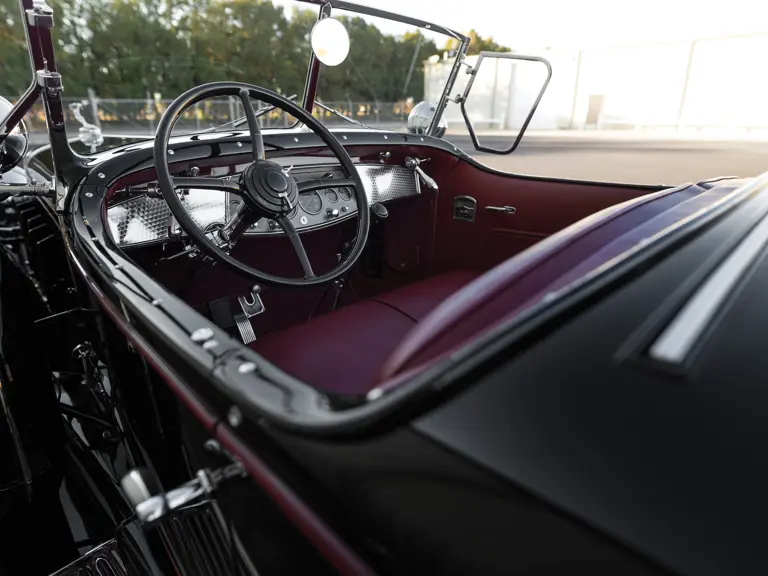
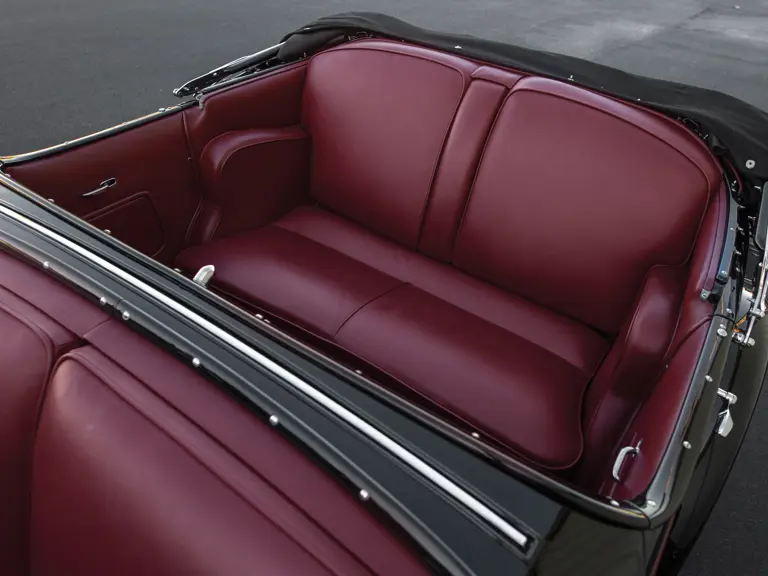
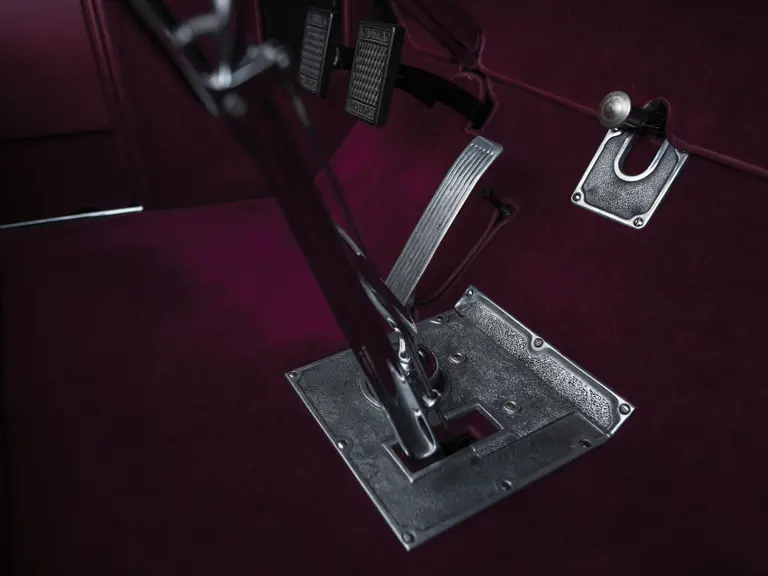
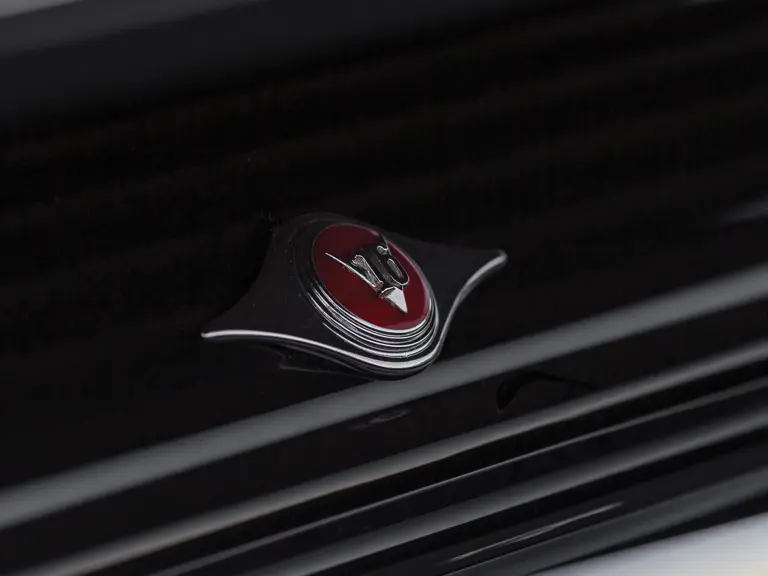
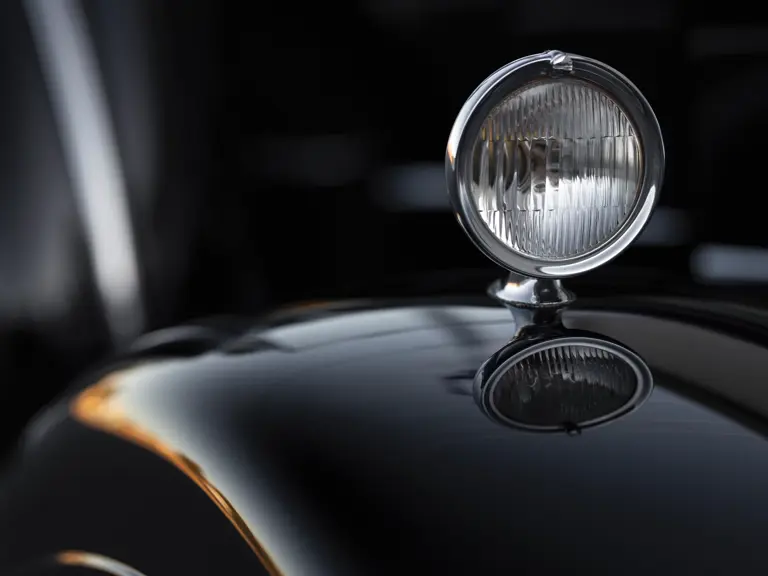
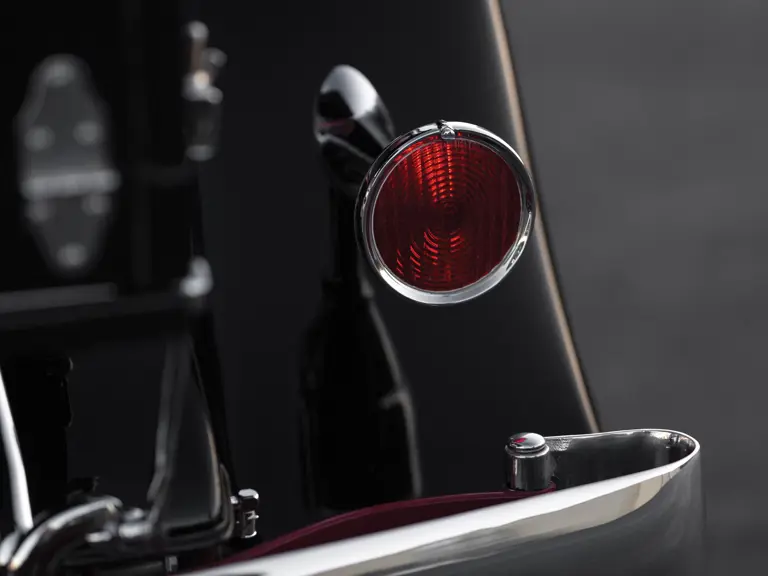

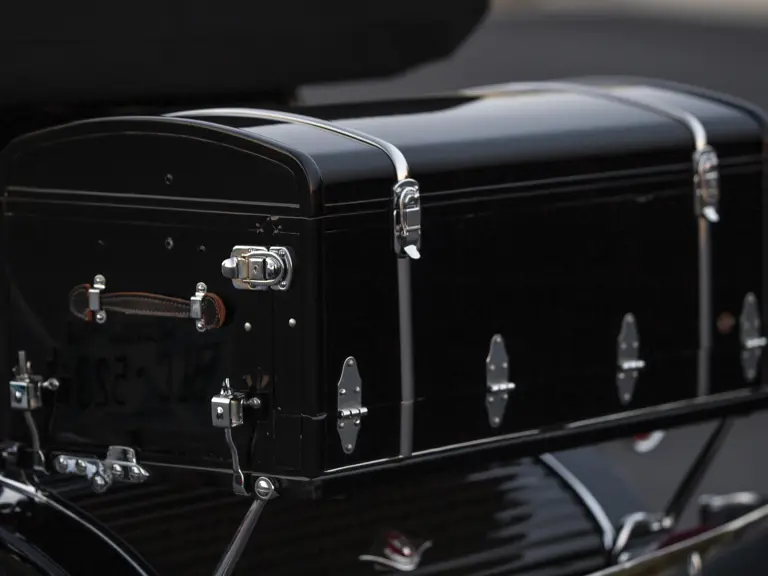
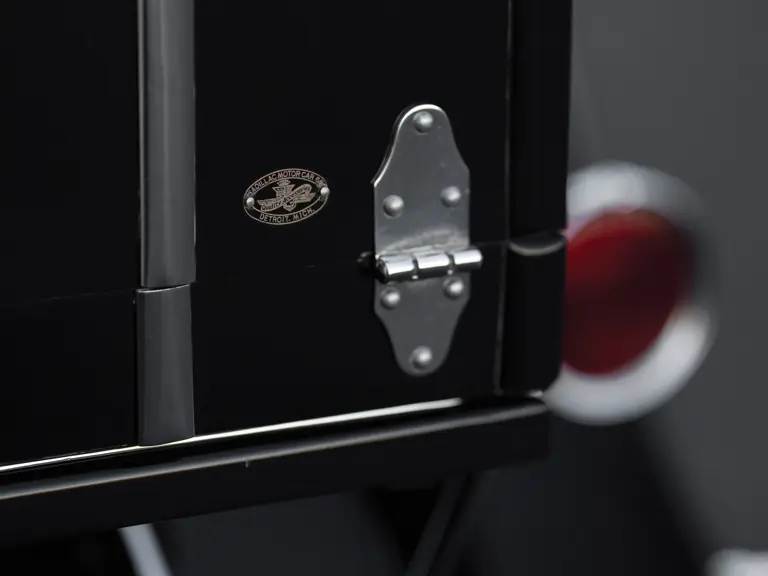
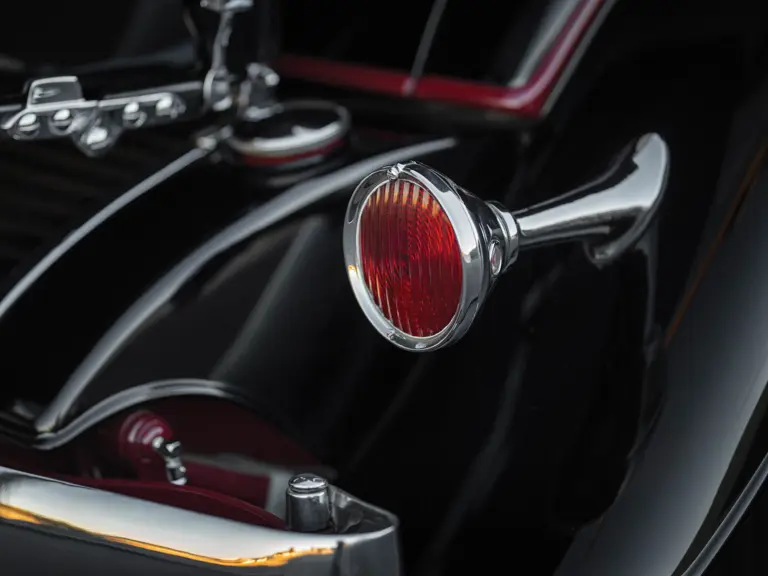
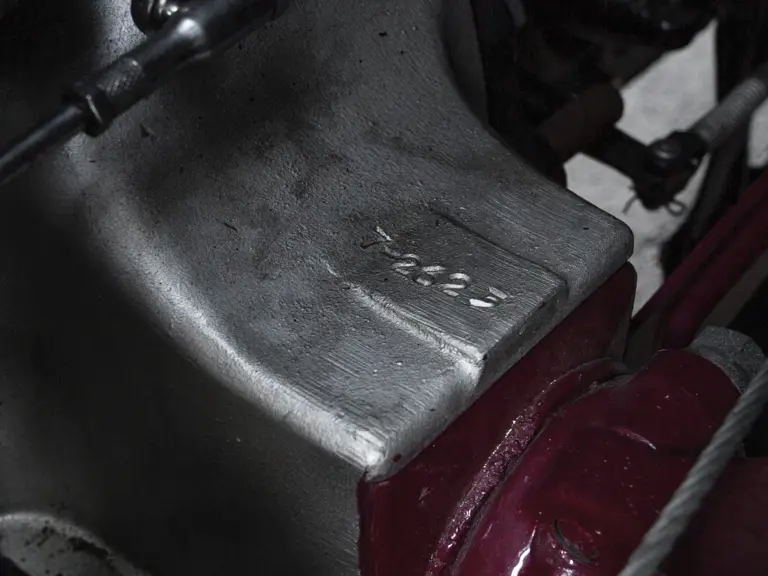
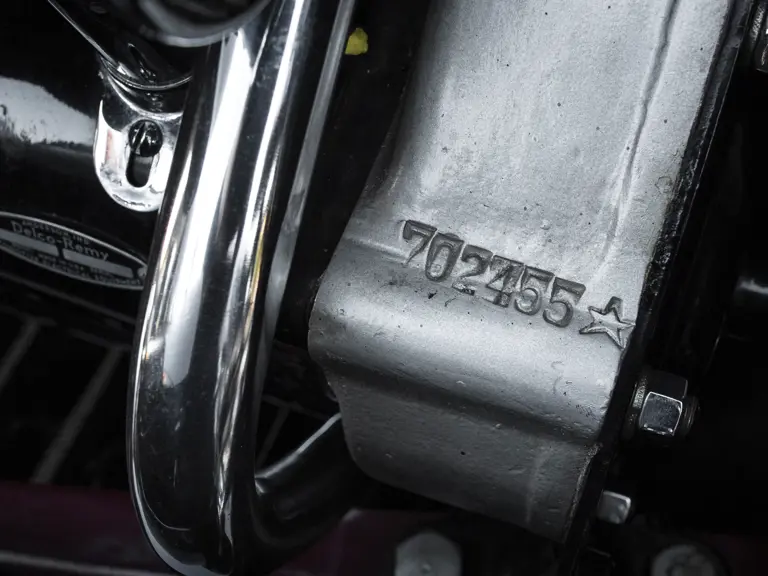
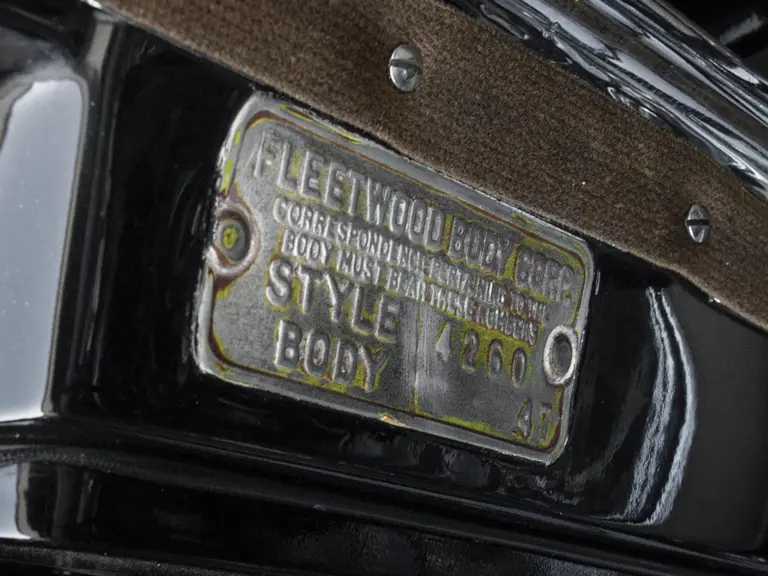
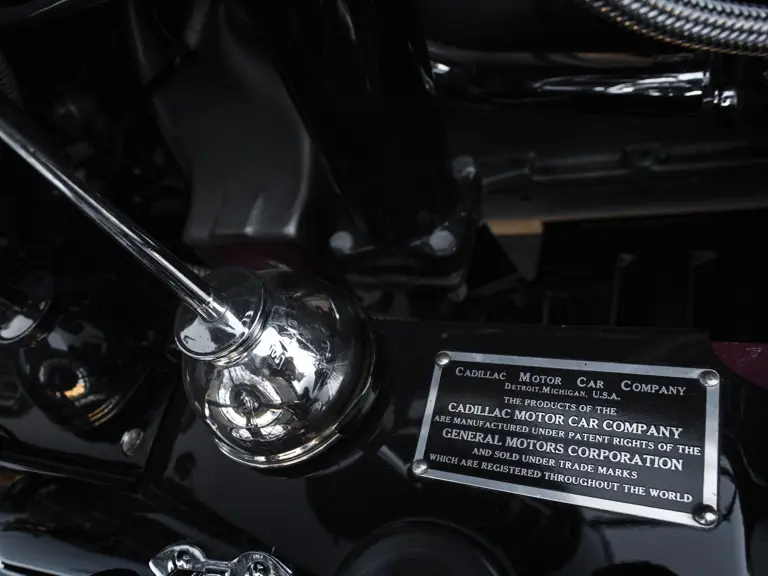
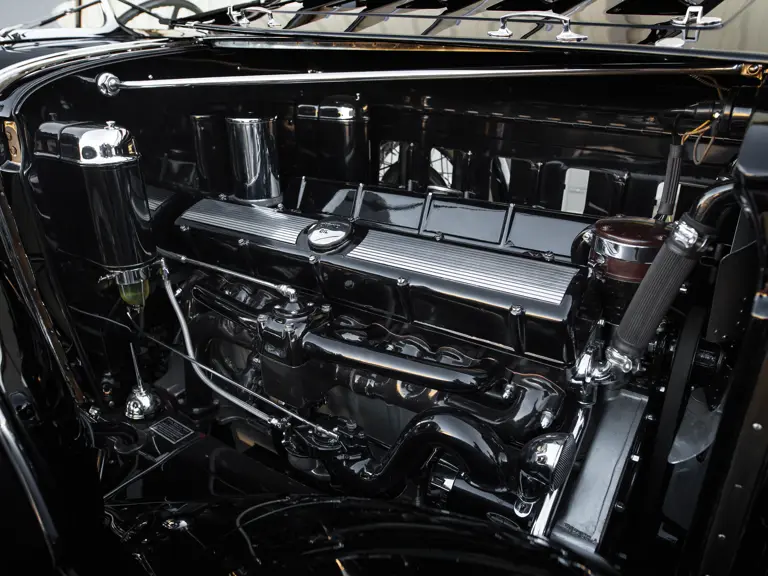
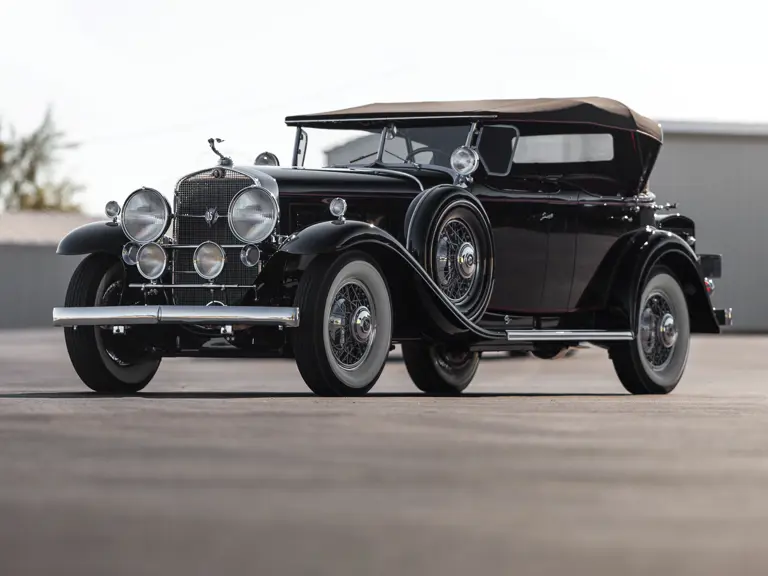
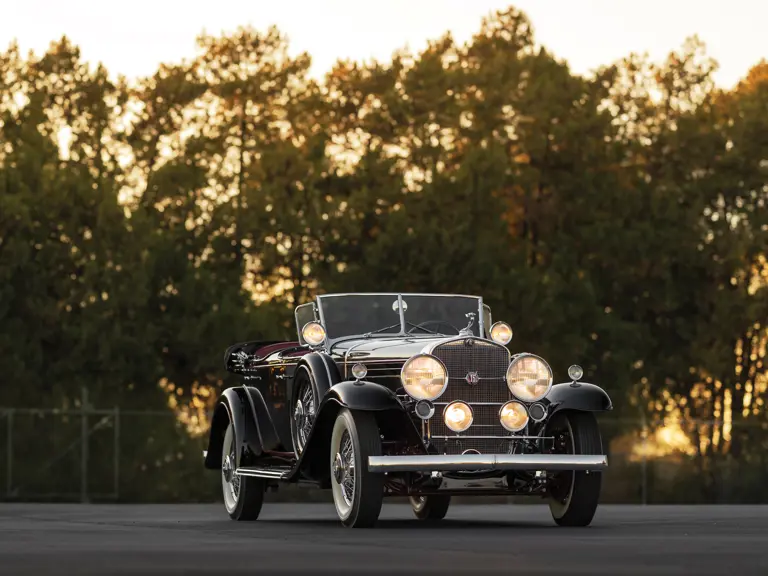
 | Phoenix, Arizona
| Phoenix, Arizona
